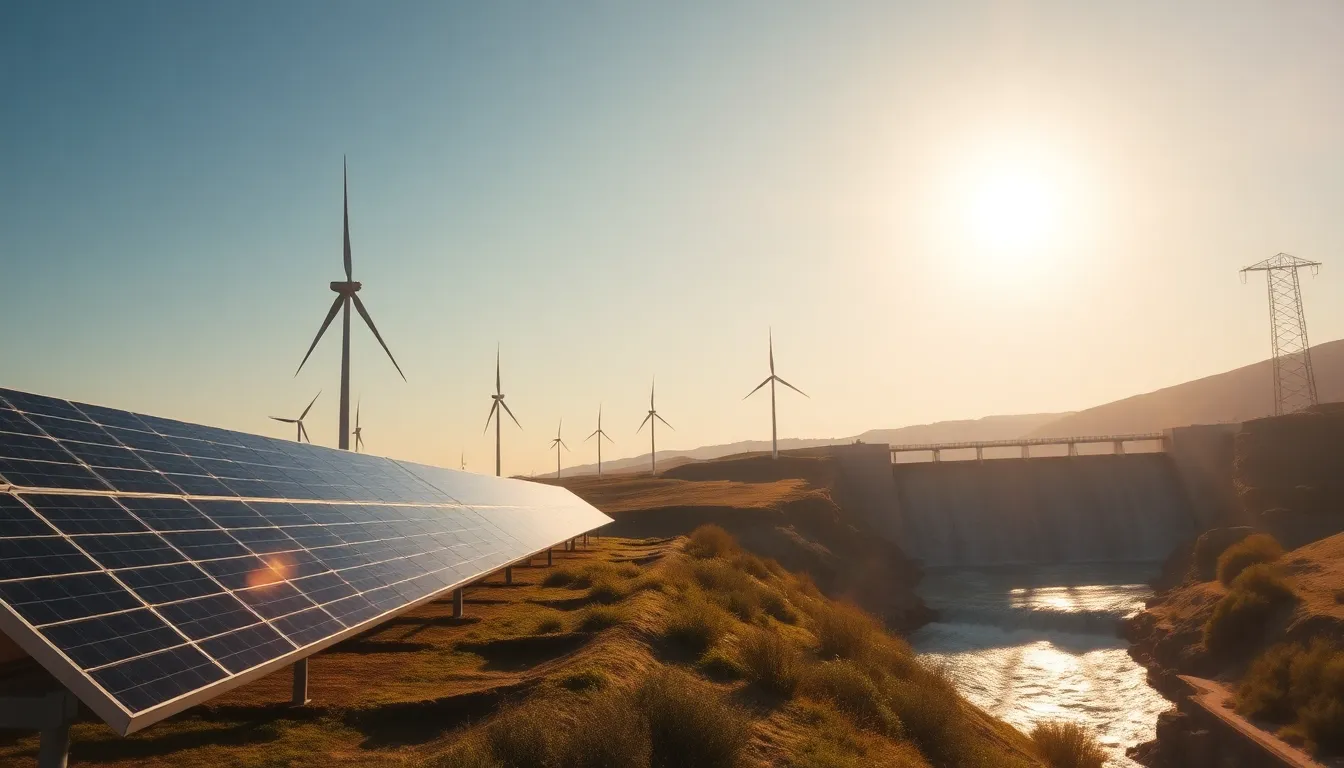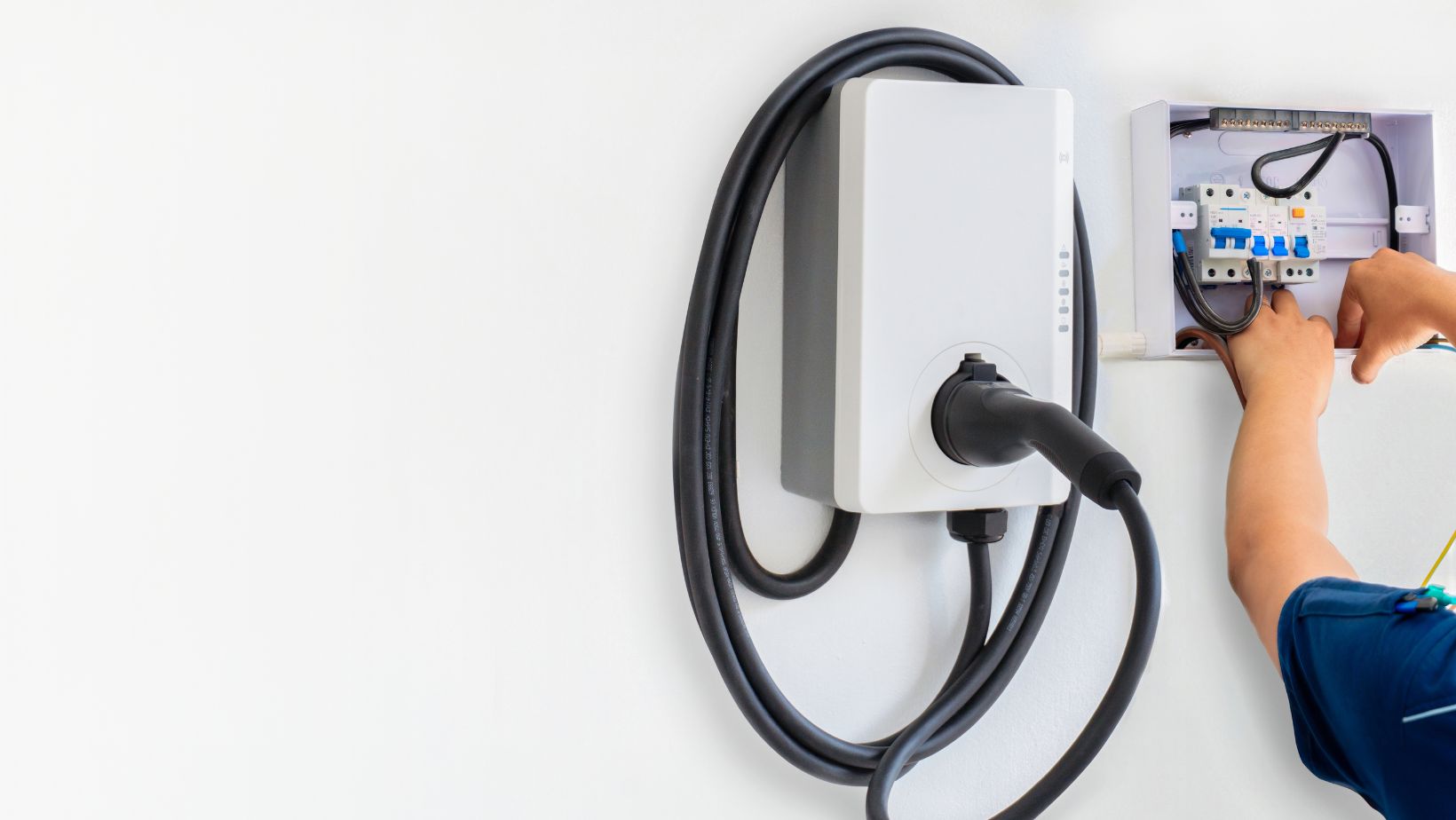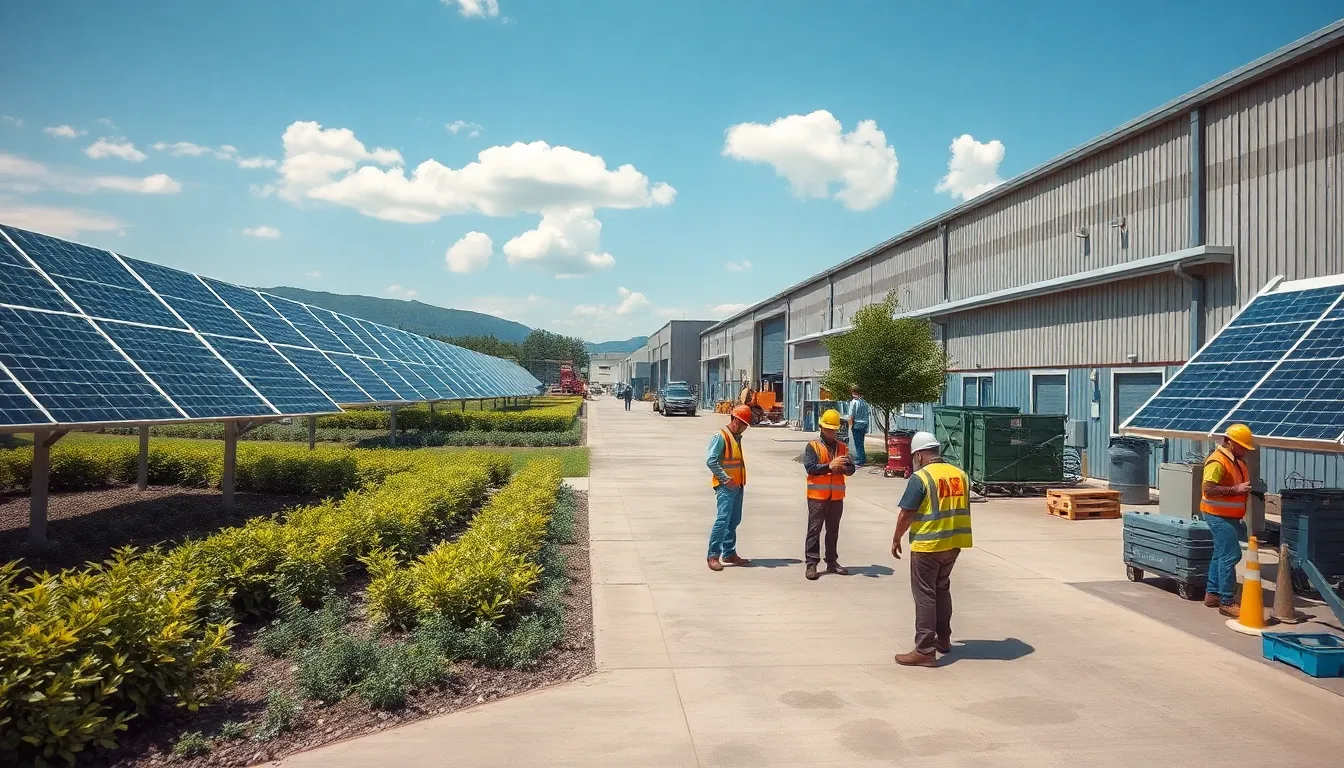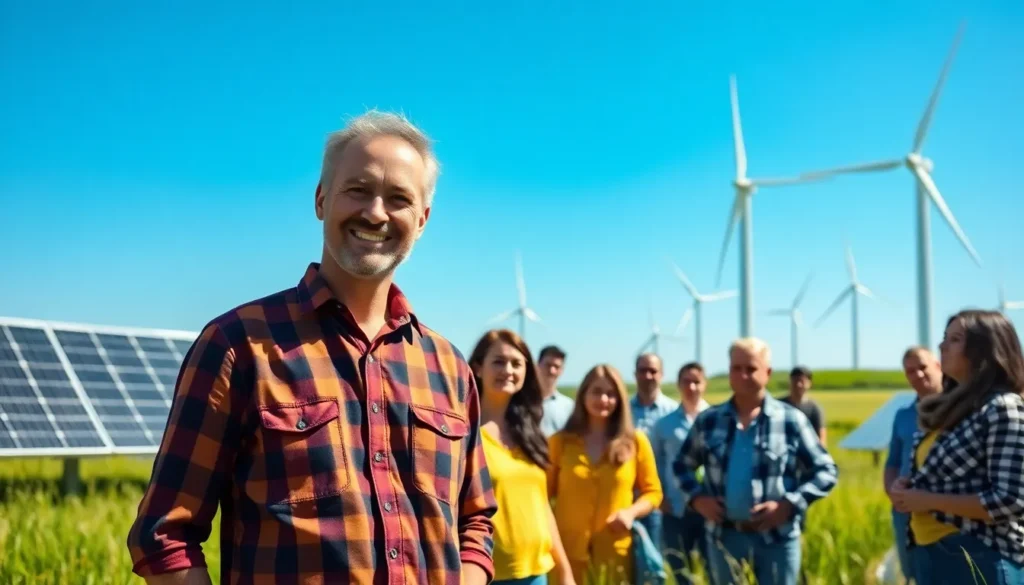Table of Contents
ToggleIn a world where the sun’s shining and the wind’s blowing, why stick to outdated energy sources that leave a smoky footprint? Clean energy solutions are not just a trend; they’re the superhero we need to save our planet from the clutches of pollution and climate change. Imagine harnessing nature’s power to light up your home while giving Mother Earth a well-deserved high-five.
Overview of Clean Energy Solutions
Clean energy solutions encompass various technologies and practices aimed at reducing reliance on fossil fuels. They prioritize sustainability while minimizing environmental impact. The primary types of clean energy solutions include solar power, wind energy, hydroelectricity, geothermal energy, and biomass.
Solar Power harnesses sunlight through photovoltaic cells. These cells convert sunlight directly into electricity. According to the U.S. Energy Information Administration, solar energy contributed over 4% to the total electricity generation in the U.S. in 2022.
Wind Energy utilizes turbines to convert wind into electricity. This renewable resource increased significantly in recent years, providing roughly 9% of the total U.S. electricity generation in 2022. Global wind energy capacity has grown to over 860 gigawatts.
Hydroelectricity generates power from flowing water. It remains one of the oldest and most reliable sources of electricity. In 2022, hydropower accounted for around 37% of the total renewable electricity generation in the U.S.
Geothermal Energy taps into the Earth’s internal heat to produce electricity and provide direct heating. It remains a stable and reliable energy source. The global geothermal capacity reached approximately 15 gigawatts in 2022.
Biomass energy derives from organic materials, including wood, agricultural crops, and waste. This resource can produce electricity, heat, and fuel for transportation. Biomass contributed about 5% to the total U.S. electricity generation in 2022.
Adopting these clean energy solutions plays a crucial role in mitigating climate change and promoting long-term sustainability. Transitioning to renewable resources reduces greenhouse gas emissions and enhances energy security.
Types of Clean Energy Solutions

Transitioning to clean energy solutions involves various technologies that effectively harness renewable resources. These include solar energy, wind energy, and hydroelectric power, each contributing uniquely to sustainable energy generation.
Solar Energy
Solar energy captures sunlight through photovoltaic cells. This approach generates clean electricity with minimal environmental impact. In 2022, solar power contributed over 4% to the U.S. electricity generation. Many homeowners utilize solar panels to reduce reliance on fossil fuels. Large-scale solar farms further augment energy production across the nation. Incentives such as tax credits encourage more widespread adoption.
Wind Energy
Wind energy harnesses kinetic energy from wind through turbines. This method accounted for roughly 9% of total U.S. electricity generation in 2022. Turbines convert wind into electrical energy efficiently, making it an attractive option for utility-scale projects. Offshore and onshore wind farms play a crucial role in increasing capacity. Geographic locations with strong and consistent winds prioritize wind energy development. Long-term investments in wind technology enhance energy reliability.
Hydroelectric Power
Hydroelectric power generates electricity by using flowing water to turn turbines. This renewable source represented about 37% of the U.S. renewable electricity generation in 2022. Large dams and run-of-river systems optimize water flow for energy production. Sustainable water management strategies ensure minimal ecological disruption. Facilities provide an essential balance of energy, especially during peak demand times. Hydropower remains a significant player in enhancing energy security nationwide.
Benefits of Clean Energy Solutions
Clean energy solutions offer significant advantages for both the environment and the economy. They promote sustainability while addressing pressing energy needs.
Environmental Impact
Clean energy technologies contribute to reducing greenhouse gas emissions. Solar and wind energy production generates minimal pollutants compared to fossil fuels. Hydroelectric power, using water’s kinetic energy, helps preserve air quality by avoiding combustion. Ultimately, transitioning to renewable sources slows climate change and protects ecosystems, preserving biodiversity for future generations.
Economic Advantages
Investing in clean energy creates jobs within the renewable sector. The U.S. solar industry alone employed over 250,000 people in 2022. Additionally, renewable energy sources often provide lower long-term costs compared to traditional fuels. Adoption of clean technologies spurs innovation and competition, driving prices down and making energy more affordable for consumers.
Energy Independence
Utilizing clean energy fosters national energy independence. By investing in local renewable resources, countries reduce reliance on imported fuels. Generating energy from sun, wind, and water enhances energy security and stabilizes prices. This shift protects against market volatility caused by foreign energy dependencies, reinforcing economic resilience.
Challenges in Implementing Clean Energy Solutions
Transitioning to clean energy solutions presents various challenges that can impede progress. These hurdles often require innovative strategies to overcome.
Technological Barriers
Technological advancements play a significant role in clean energy adoption. Many renewable energy systems, such as solar panels and wind turbines, depend on efficiency to maximize output. Reliability of energy storage systems remains crucial, with battery technology needing further development to become viable for widespread use. Current infrastructure may limit the integration of these technologies into existing energy grids, reducing accessibility for some areas. Addressing these technological barriers increases the potential for clean energy utilization and overall effectiveness in achieving energy independence.
Policy and Regulatory Issues
Policy frameworks significantly impact the growth of clean energy solutions. A lack of cohesive regulations can create confusion among investors and energy producers, hindering market entry. Incentives for renewable energy, such as tax credits and subsidies, vary across states, affecting investment decisions. Navigating these regulatory landscapes often complicates project planning and implementation. Establishing consistent policies helps promote a more favorable environment for clean energy projects, encouraging broad adoption and stimulating economic growth.
Public Perception
Public perception has a powerful influence on the adoption of clean energy solutions. Many individuals lack awareness of renewable energy benefits, including cost savings and environmental impact. Misconceptions about reliability and efficiency often deter potential users from switching to clean energy. Engaging communities through educational initiatives and outreach programs enhances understanding of renewable energy technologies. Positive public sentiment fosters greater acceptance and adoption of clean energy solutions, driving progress toward a sustainable future.
Embracing clean energy solutions is pivotal for a sustainable future. By harnessing renewable resources like solar and wind, society can significantly reduce its carbon footprint while promoting economic growth. The transition to these technologies not only mitigates climate change but also creates job opportunities and enhances energy security.
Addressing the challenges in implementing clean energy is essential. With continued investment in technology and infrastructure, along with effective public engagement, communities can overcome barriers to adoption. As awareness and acceptance grow, the path toward a cleaner, greener planet becomes clearer. Moving forward, prioritizing clean energy will ensure a healthier environment for generations to come.







